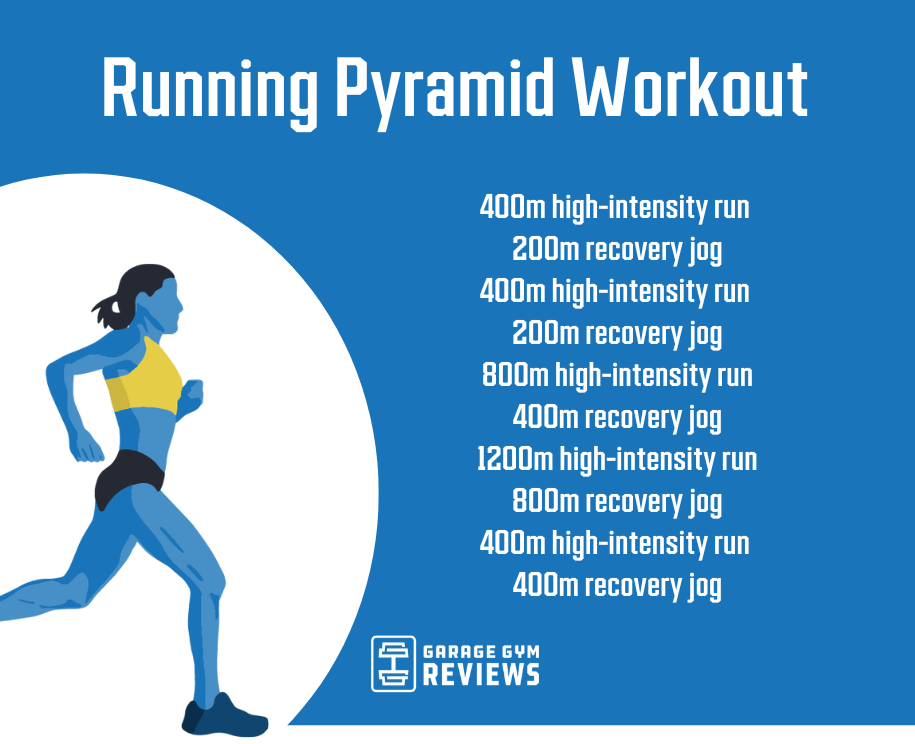Turbocharge Your Runs: Unlock Your Prospective with Strategic Running Workouts
Turbocharge Your Runs: Unlock Your Prospective with Strategic Running Workouts
Blog Article
Handling Typical Running Discomforts: Reasons, Solutions, and Avoidance
As runners, we frequently run into different discomforts that can impede our efficiency and enjoyment of this physical task. From the devastating discomfort of shin splints to the irritating IT band disorder, these typical running discomforts can be irritating and demotivating. Comprehending the reasons behind these ailments is essential in efficiently addressing them. By discovering the root factors for these operating pains, we can discover targeted solutions and preventative steps to make certain a smoother and a lot more fulfilling running experience (click site).
Typical Running Discomfort: Shin Splints
Shin splints, a common running discomfort, usually result from overuse or inappropriate shoes during physical activity. This condition, medically called medial tibial stress syndrome, shows up as discomfort along the inner edge of the shinbone (tibia) and prevails amongst professional athletes and joggers. The repetitive stress on the shinbone and the cells connecting the muscle mass to the bone brings about swelling and pain. Joggers who rapidly enhance the strength or period of their workouts, or those that have flat feet or incorrect running techniques, are specifically vulnerable to shin splints.
To avoid shin splints, people must progressively raise the intensity of their workouts, wear proper shoes with correct arch support, and preserve versatility and toughness in the muscle mass surrounding the shin. If shin splints do occur, first treatment includes remainder, ice, compression, and altitude (RICE) Additionally, integrating low-impact activities like swimming or biking can assist preserve cardio fitness while allowing the shins to heal. Relentless or extreme instances may call for clinical analysis and physical therapy for efficient administration.
Usual Running Pain: IT Band Disorder
Along with shin splints, one more common running discomfort that professional athletes usually encounter is IT Band Syndrome, a condition triggered by inflammation of the iliotibial band that runs along the external upper leg and knee. IT Band Syndrome normally shows up as pain on the exterior of the knee, specifically throughout activities like running or biking. The iliotibial band is a thick band of fascia that links the aware of the shin, and when it ends up being inflamed or limited, it can scrub versus the upper leg bone, leading to pain and discomfort.
Joggers experiencing IT Band Syndrome might see a stinging or hurting sensation on the external knee, which can get worse with continued task. Factors such as overuse, muscle imbalances, incorrect running kind, or insufficient warm-up can add to the advancement of this problem.
Common Running Discomfort: Plantar Fasciitis

Plantar Fasciitis can be credited to various variables such as overtraining, incorrect shoes, working on difficult surface areas, or having high arches or level feet. To avoid and ease Plantar Fasciitis, runners can include stretching workouts for the calf bones and plantar fascia, wear encouraging footwear, preserve a healthy and balanced weight to lower pressure on the feet, and progressively increase running strength to prevent unexpected stress and anxiety on the plantar fascia. If signs and symptoms persist, it is advised to get in touch with a healthcare specialist for proper diagnosis and therapy alternatives to resolve the problem successfully.
Common Running Discomfort: Jogger's Knee
After addressing the obstacles of Plantar Fasciitis, one more common issue that joggers frequently face is Runner's Knee, a common running pain that can prevent athletic performance and create discomfort during physical task. Jogger's Knee, also understood as patellofemoral discomfort disorder, shows up as discomfort around or behind the kneecap. This problem is frequently credited to overuse, muscle mass discrepancies, incorrect running methods, or problems with the alignment of the kneecap. Joggers experiencing this pain may really feel a boring, aching pain while running, rising or down staircases, or after long term durations of sitting. To stop Jogger's Knee, it is essential to incorporate correct warm-up and cool-down routines, keep strong and balanced leg muscles, put on appropriate shoes, and gradually enhance running intensity. If signs persist, inquiring from a healthcare specialist or a sports medication specialist is suggested to detect the underlying reason and create a tailored treatment strategy to alleviate the discomfort and avoid further issues.
Typical Running Pain: Achilles Tendonitis
Commonly afflicting joggers, Achilles Tendonitis is an unpleasant condition that affects the Achilles tendon, causing discomfort and potential constraints in exercise. The Achilles ligament is a thick band of cells that connects the calf muscles to the heel bone, crucial for tasks like running, leaping, and walking - more about it here. Achilles Tendonitis usually creates due to overuse, improper footwear, insufficient extending, or abrupt rises in exercise
Symptoms of Achilles Tendonitis consist of pain and rigidity along the tendon, especially in the early morning or after periods of lack of exercise, swelling that gets worse with activity, and perhaps bone stimulates in chronic cases. To stop Achilles Tendonitis, it is important to extend effectively previously and after running, use proper shoes with proper assistance, slowly increase the intensity of exercise, and cross-train to lower repeated stress on the ligament. Treatment may include rest, ice, compression, altitude (RICE protocol), physical therapy, orthotics, and in severe instances, surgical procedure. Early intervention and proper care are essential for handling Achilles Tendonitis effectively and avoiding long-term difficulties.
Verdict

Report this page